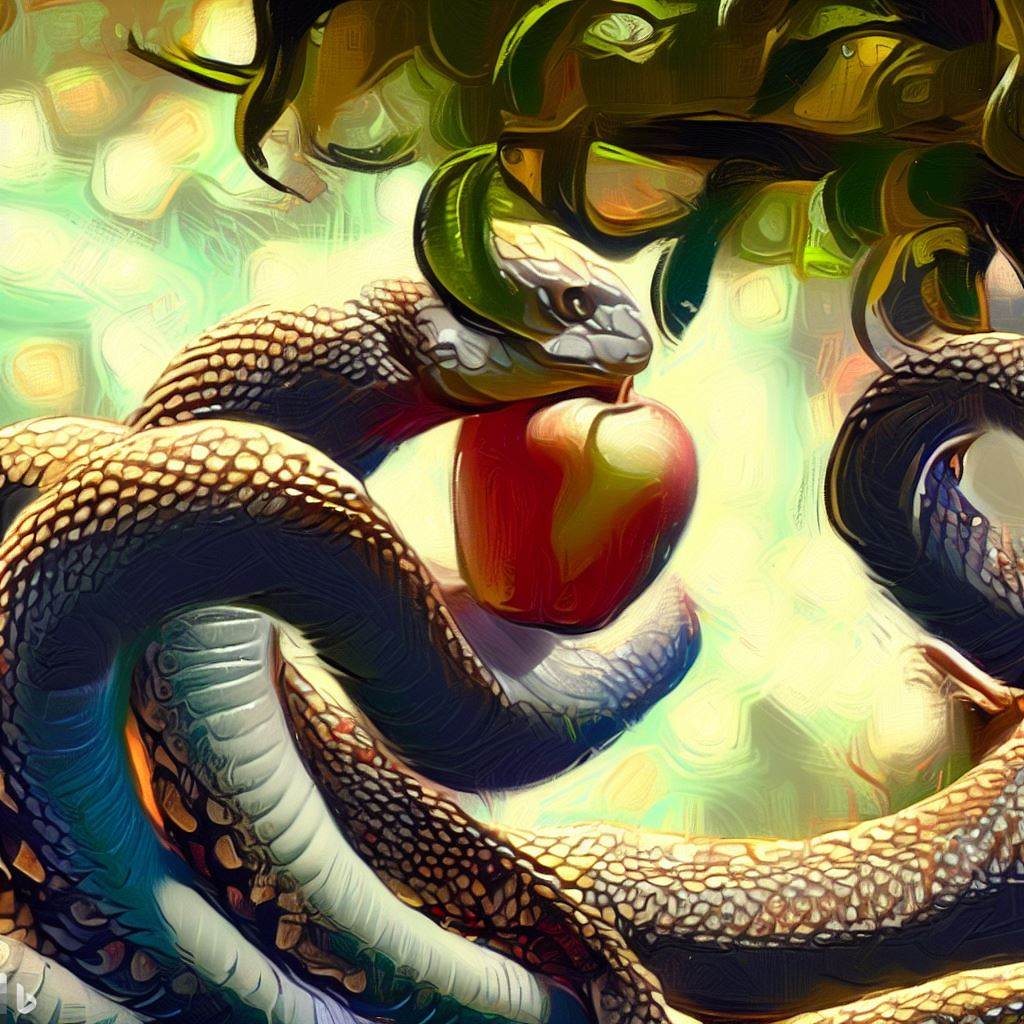Eugene Ionesco was a Romanian-French playwright who became famous during the 1950s for his absurdist plays. He was considered one of the founders of the Theater of the Absurd, a literary movement that embraced the irrational, nonsensical, and illogical aspects of human existence to create thought-provoking works that challenged the conventions of traditional theater. In this blog post, we will delve deeper into Ionesco’s life and oeuvre, exploring the themes and motifs that characterized his plays and the impact that his ideas had on the theatrical landscape of his time and beyond.
Ionesco was born in Slatina, Romania in 1909, but he moved to France at the age of 26 to pursue a doctorate in French literature at the Sorbonne. However, he soon abandoned his studies to become a writer and a playwright. His first play, “The Bald Soprano” (1950), was an instant success and is now considered a classic of the absurdist genre. The play is a parody of the middle-class English family and their meaningless conversations. Ionesco used repetitive and clichéd language to highlight the absurdity of human communication and to expose the emptiness at the heart of modern life.
Another notable work by Ionesco is “Rhinoceros” (1959), a play that explores the themes of conformity, identity, and resistance. The play is set in a small French town where people start turning into rhinoceroses one by one. The protagonist, Berenger, is the only one who resists the transformation and tries to maintain his humanity and individuality. The play is an allegory of the rise of fascism in Europe during the 1930s and the dangers of collective consciousness and mass hysteria.
Ionesco’s works often feature otherworldly settings, surrealistic imagery, and grotesque characters. His plays are characterized by a sense of ambiguity, fragmentation, and absurdity. They challenge the audience’s expectations of what theater should be and invite them to question their own perceptions of reality. Ionesco’s theatrical vision was influenced by the works of Samuel Beckett, Franz Kafka, and Jean-Paul Sartre, among others. He believed that the world was a meaningless and chaotic place and that the only way to cope with it was through humor and irony.
Ionesco’s ideas had a profound impact on the theatrical landscape of the 20th century and beyond. His plays inspired many other avant-garde works and influenced the development of postmodern theater. They challenged the conventions of traditional theater and questioned the role of the playwright, the director, and the actor. In many ways, Ionesco was a pioneer of experimental theater and a visionary who reshaped the boundaries of what theater could achieve.
Eugene Ionesco was a unique and influential voice in the world of theater. His plays challenged the audience’s perceptions of reality and explored the absurdity and irrationality of human existence. His legacy continues to inspire new generations of playwrights, directors, and actors who seek to push the boundaries of the theatrical art form and create works that challenge and provoke. Ionesco’s works remind us that humor and irony can be powerful tools for coping with the chaos and meaninglessness of life and that theater can be a vehicle for social and political change.


